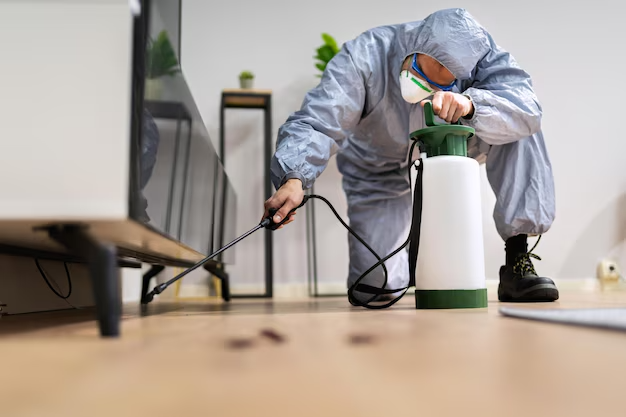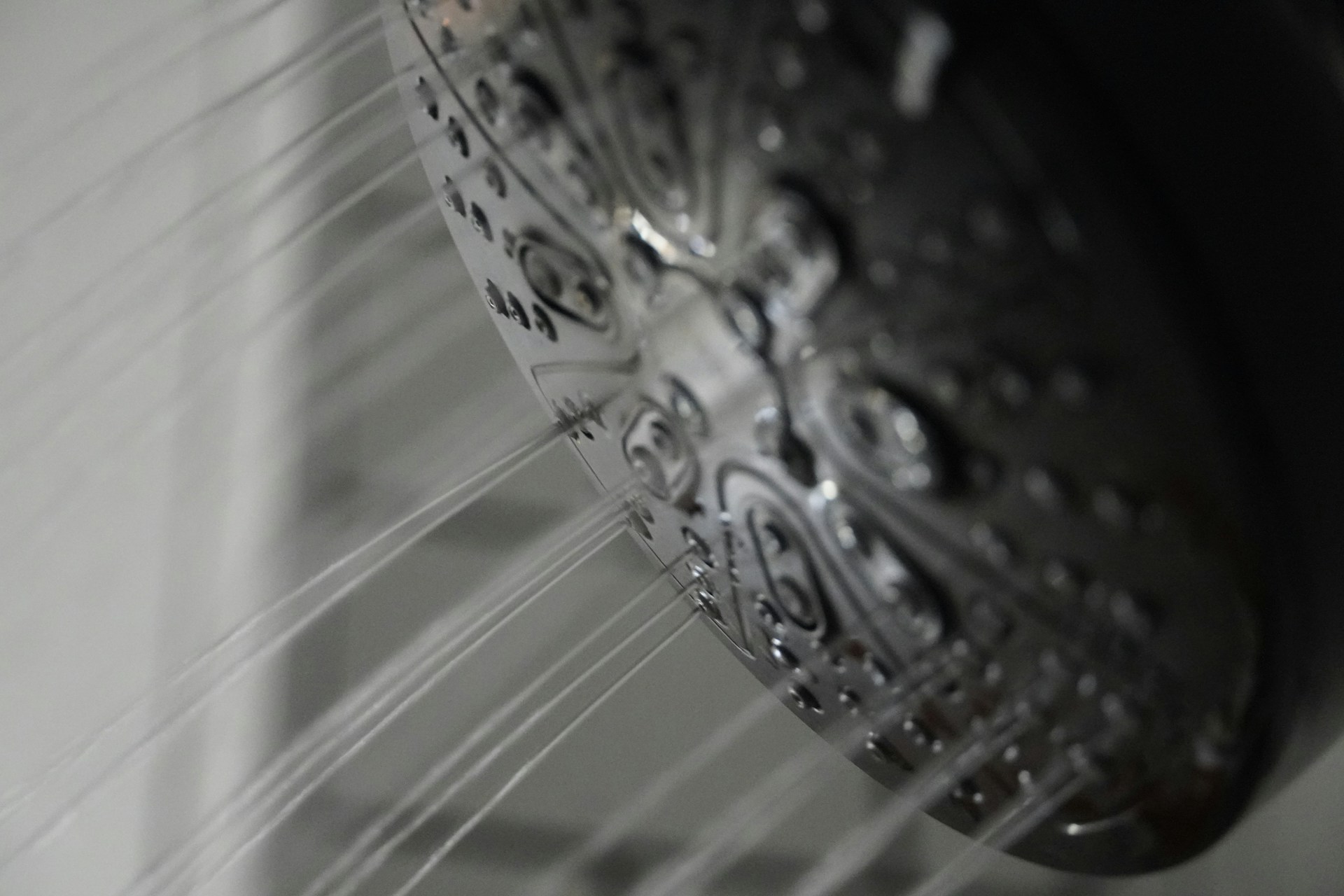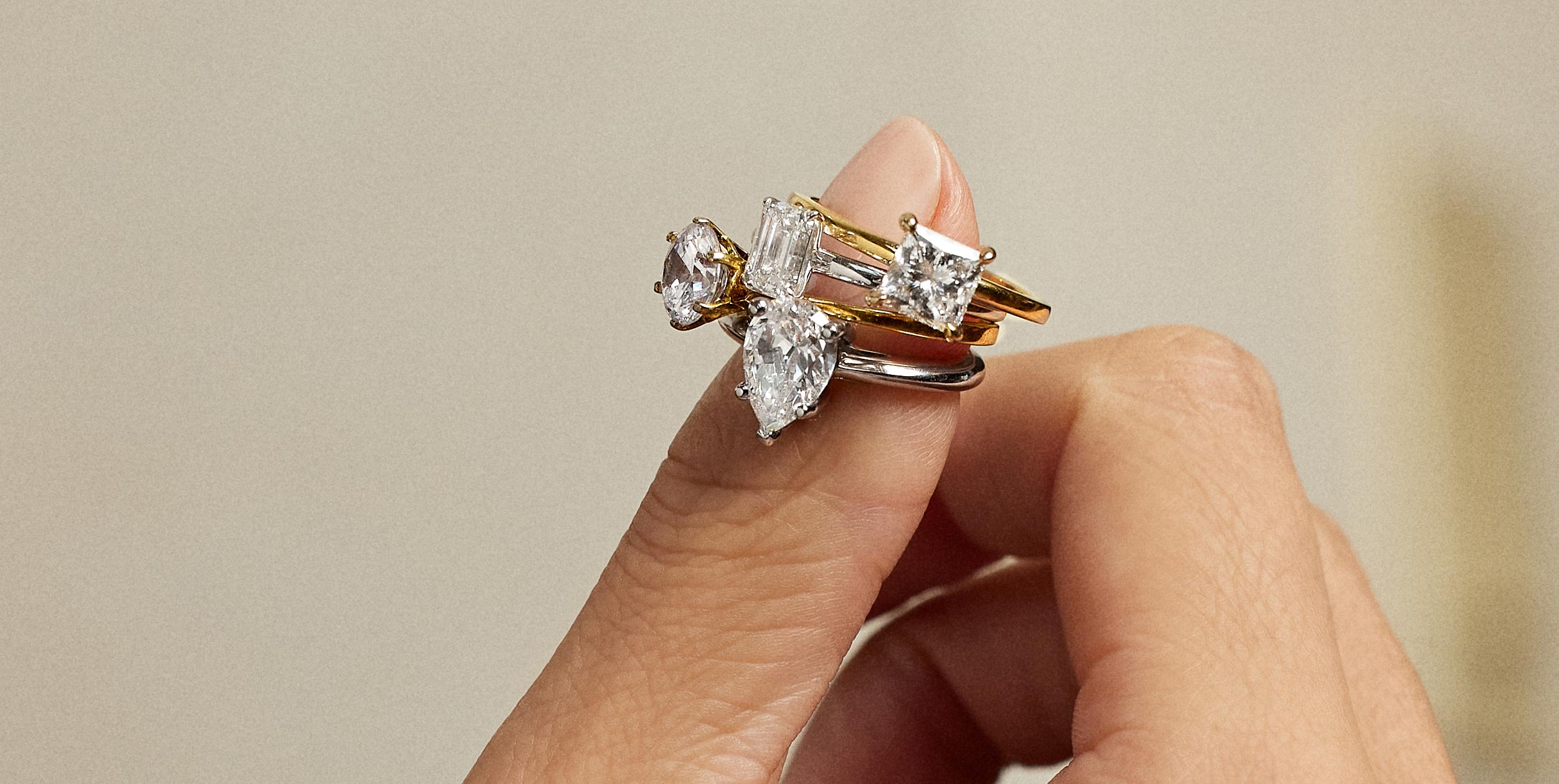If you’ve just had a pest control treatment and are wondering when the creepy crawlies will finally stop showing up, you’re not alone. Whether it’s roaches, ants, or bed bugs, the timeline for seeing results isn’t always instant, and sometimes, things look worse before they get better. Here’s what you need to know about what happens after pest control and how long it really takes for bugs to die.
What to Expect Right After Pest Control Treatment
Right after treatment, things might seem deceptively quiet, or unexpectedly active. That’s normal. Insects like roaches, ants, or bed bugs often scatter as they come into contact with the treatment, so you might actually see more at first. If you notice one staggering around in broad daylight, that’s not a survivor, it’s a poisoned scout.
This kind of activity is a good sign the product is working, flushing pests out of their hiding spots and disrupting their colonies.
Don’t rush to clean. Wiping down baseboards or mopping too soon can erase the invisible treatment barrier. Most pros recommend waiting at least 5-7 days before cleaning treated areas unless your technician advises otherwise. Depending on the treatment, there may be a faint odor or light residue, though most modern products are low-odor and dry quickly. Always wait the recommended re-entry time.
Pet and child safety is key, typically, kids and animals should be kept off treated surfaces for a few hours. Dogs may act a little odd, sniffing or pawing at baseboards if they sense bugs dying behind the walls. It’s all part of the process.
The real answer? Expect things to get a little weirder before they get better. And if anything seems off, snap a photo, pros can often tell from one picture whether it’s typical post-treatment behavior or something that needs a follow-up.
How Long Does Insecticide Last?
It depends on the product and the environment, but most professional-grade insecticides have a residual effect lasting 30 to 90 days indoors, and up to 60 days outdoors. That said, sun, rain, irrigation, and even landscaping tools can reduce their lifespan significantly, especially in exposed areas. In practice, treatments usually hold up 4-6 weeks indoors and 3-4 weeks outdoors in a typical climate, with even shorter windows in places like Florida or Texas during summer.
Think of it like a slow-release defense shield. You’re not just targeting the bugs you see today, you’re creating a protective barrier for what shows up next week. Some treatments include insect growth regulators (IGRs), which remain active for months and disrupt the pest life cycle from eggs to adults.
Inside the home, residual sprays may degrade faster in high-traffic or humid zones like kitchens and bathrooms. Outdoors, the elements work against you, so it helps to think of pest control the way you think about sunscreen: reapplication is key. Regular maintenance treatments every 2-3 months are recommended, especially in high-risk areas or peak pest seasons.
The honest answer? It depends where you live and how you live. Insecticides are like brake pads, they don’t vanish, but they wear down gradually. Consistent service means consistent protection.
How Long Does It Take For A Cockroach To Die After Being Sprayed?

Anywhere from minutes to several days, and that’s by design. If a roach gets hit directly during spraying, it might die within minutes to an hour. But if it comes into contact with dried insecticide later, it can take 12 to 72 hours to absorb a lethal dose. Baiting is slower but far more effective for colony control: a roach eats the bait, returns to the nest, and dies, its body or feces then becoming toxic meals for others. This process takes longer, but the ripple effect can collapse an entire infestation.
Fast death is satisfying, but slow death wipes out colonies. Bait or residual exposure might take 1-3 days, especially for German roaches, but it gives them time to contaminate others before dying. Since cockroaches are cannibals, poisoned individuals end up spreading the treatment further, turning one kill into many.
That’s why patience is part of the process. It’s not about the one bug you see, it’s about the hundred you don’t. One client even panicked over seeing “more roaches than before” on day two. By day six, the place was silent. That’s textbook.
How Long Does It Take For Bed Bugs To Die After Spraying?
You may see dead bed bugs within a few hours, but full elimination often takes 10-14 days or more, depending on where they’re hiding and what life stage they’re in. Contact kill happens quickly, bed bugs that are directly hit by spray usually die within hours. But others, hiding in baseboards, walls, or box spring seams, may only be exposed as they come out to feed. That’s where residual products come in, killing over time as bugs crawl through treated zones.
Eggs are the trickiest part. Most insecticides don’t kill them, which is why a follow-up treatment is usually scheduled 10-14 days later, just as those eggs hatch. If the initial treatment reached hidden clusters and egg zones, the timeline is faster. Otherwise, the process requires patience and a second pass to catch stragglers.
If your bed feels haunted for a week after treatment, that’s normal. Bed bugs are stubborn survivors, especially in cluttered or high-infestation environments. Smart pest pros often recommend encasements, not just for protection, but as passive monitors. Dead bugs inside a sealed encasement? That’s a good sign the treatment is working. Just don’t judge success too early.
Factors That Affect How Quickly Bugs Die
Not all bugs die at the same speed, and several key factors influence how fast treatment works. The species and behavior matter, fast-breeding pests like fleas or roaches may take longer to control because products need time to break the reproductive cycle. Some insecticides kill on contact, while others rely on residual exposure or systemic transfer, especially effective for social insects like ants.
A severe infestation may require multiple waves of exposure to catch stragglers, particularly if bugs are hiding deep in wall voids, cluttered cabinets, or rarely disturbed areas. Hot, humid conditions and UV exposure can also degrade outdoor treatments faster.
Now let’s skip the textbook stuff and get real. What we actually see on the job often includes DIY chemicals used before we arrive. Over-the-counter sprays can repel bugs deeper into walls, delaying results. Moisture, from leaky pipes or damp basements, not only attracts more pests but can dilute treatments. Misidentifying the pest is another big setback: spraying for “ants” that turn out to be termites or mistaking fleas for carpet beetles means the plan starts off wrong.
That’s why a good technician uses a layered approach, spray, bait, dust, and IGRs, and why accurate diagnosis is everything. Pro tip: tell your tech everything you’ve tried, even if it’s embarrassing. We’re not judging, we’re just trying to reverse-engineer what’s really going on.
Why You Might Still See Bugs After Pest Control


This is a big one, and totally normal. Seeing bugs after treatment doesn’t mean it failed; it’s often just the second act of a multi-stage process. Many professional products use slow-acting chemicals so pests can return to their nests and spread the poison, leading to a delayed death.
You might also notice a “mini wave” of new bugs about 7-10 days later, most insecticides don’t kill eggs, so freshly hatched pests appear before dying off.
The flushing effect is another factor, treatments drive pests out of hiding, which can make things look worse before they get better. In multi-family housing, hidden sources like untreated neighboring units can push bugs into your space, especially if someone else used a bug bomb. And if your home has nearby nests or open entry points, especially for ants or spiders, reinfestation can happen unless those routes are sealed or treated.
If bugs disappeared overnight, we’d be suspicious someone skipped a step. Good pest control is chess, not checkers. But if you’re still seeing live bugs 10+ days after treatment and activity hasn’t dropped, it’s a good time to call for a recheck.
When to Call for a Follow-Up Visit
You don’t need to play guessing games, use these guidelines. For general pests like roaches or ants, if you’re still seeing the same level of activity 10-14 days after treatment, or even more, that’s your cue to call. We expect a noticeable decline by then. For bed bugs, live sightings after two weeks often point to hatching eggs or a missed pocket, which is why a second treatment is usually part of the plan, don’t wait to book it.
If you spot signs of reinfestation, droppings, egg sacs, fresh webs, or bite marks, it’s time to reach out. Not sure what you’re seeing? Snap a photo and send it in. We can often ID the issue without needing a visit. And when in doubt, just call. Especially if you have kids, pets, or health concerns, peace of mind matters.
A good pest control company won’t nickel-and-dime you for a conversation. We’re not just your exterminator, we’re your early warning system. Long-term success is the goal, not a one-and-done visit.





